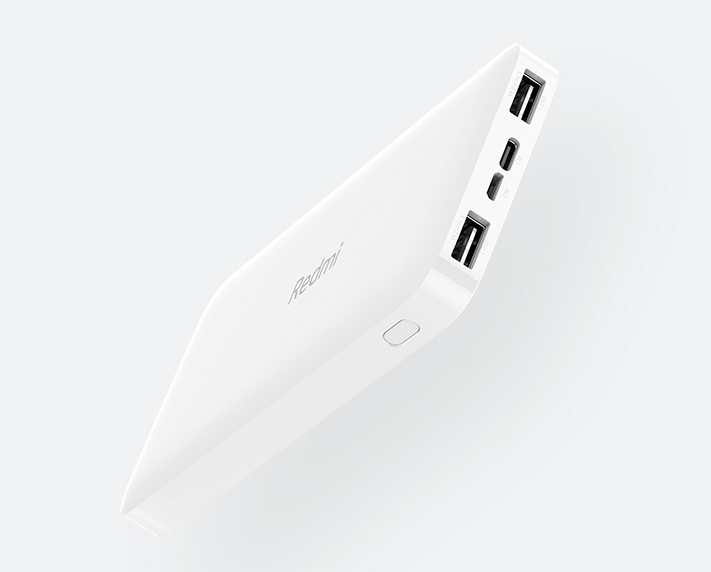An AirAsia flight that was travelling from Kuala Lumpur, Malaysia, to Hong Kong, was reportedly diverted to Ho Chi Minh City to make an emergency landing due to an “exploding” power bank that caused burn injuries to a passenger aboard flight AK130.
This isn’t the first time we’re hearing of portable batteries, commonly known as power banks, seemingly catching fire spontaneously—in fact, this isn’t even the first time a power bank has caused panic aboard a flight. About a year ago, something similar happened on a Royal Brunei Airlines flight. Fortunately, no passengers were harmed in the incident.
However, a passenger was injured during the Christmas flight from Kuala Lumpur on Wednesday, with the power bank exploding and causing burn injuries to a 26 year old victim. Following the incident, which happened at around 5.25PM, the flight crew contacted Tan Son Nhat International Airport and the plane safely made an emergency landing at the airport shortly after.
The victim was taken to Cho Ray Hospital after receiving medical attention at the airport, with significant burns reportedly sustained.
The plane (and its passengers) spent the night at the airport while further checks were conducted, before the flight was resumed to Hong Kong on board a new aircraft. But the main question on many of our minds: does that mean it’s dangerous to bring power banks aboard flights?

What causes a power bank to explode?
“Exploding” may be a sightly scary sounding word, but in reality power banks do not catch fire all that commonly—not in our experience, anyway. I’m sure most of you remember Samsung’s infamous Galaxy Note 7, which had the tendency to… well, catch fire.
Samsung explained that it was partly due to the design of the smartphone, which didn’t leave enough room for the battery and the internals—leading to short circuits.
Power Banks, meanwhile, usually use Lithium-ion or Lithium-Polymer batteries, just like smartphones. However, just like smartphones, this means that design flaws or potential malfunctions can lead to power banks catching fire, or “exploding”.
According to this report, a battery cell can overheat and cause a fire when something called a “thermal runaway” occurs. This basically happens when the cells have reached a temperature where oxygen is generated to “feed the fire”, which means that temperatures will continue to rise. Here’s a more scientific explanation:
It is this release of oxygen along with the carbonate LiPF6 electrolyte that ultimately allows the cell to burn and catch fire. The breakdown of the cathode active material is a highly exothermic reaction generating a lot of heat and continuing to drive the cell toward ultimate failure and fire.
It’s also worth noting that certain airlines don’t allow power banks to be used aboard flights, and there is usually a maximum capacity of 20,000mAh for power banks to be brought into the cabin.
In the past, AirAsia has considered imposing a ban on the use of power banks during flights, although those plans never really came to fruition. Perhaps it’s also worth noting that power banks can come from manufacturers with varying degrees of reputability, so perhaps it’s always better to be safe than sorry when it comes to your choice of power bank—especially if you’re taking it on a flight.








